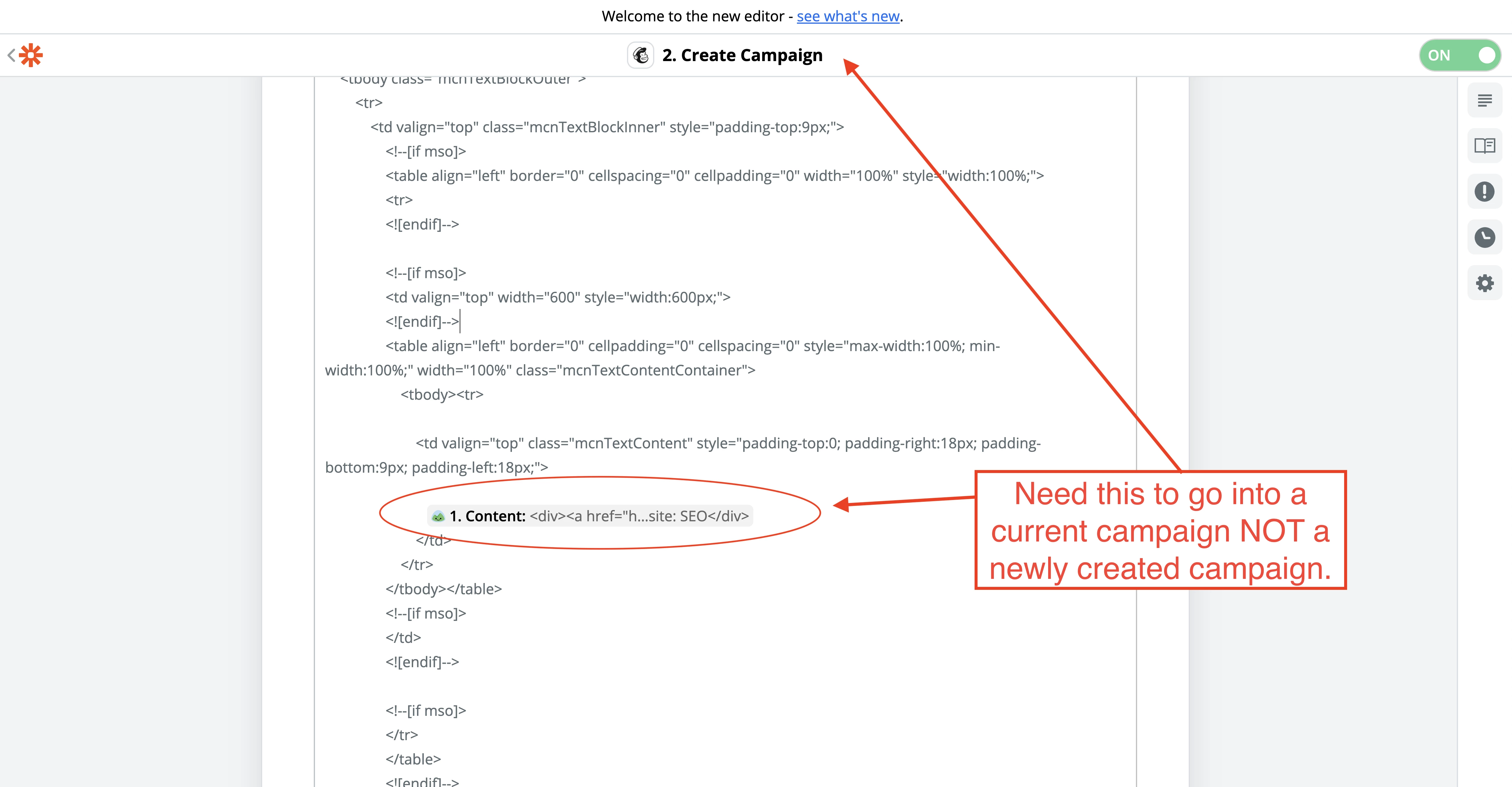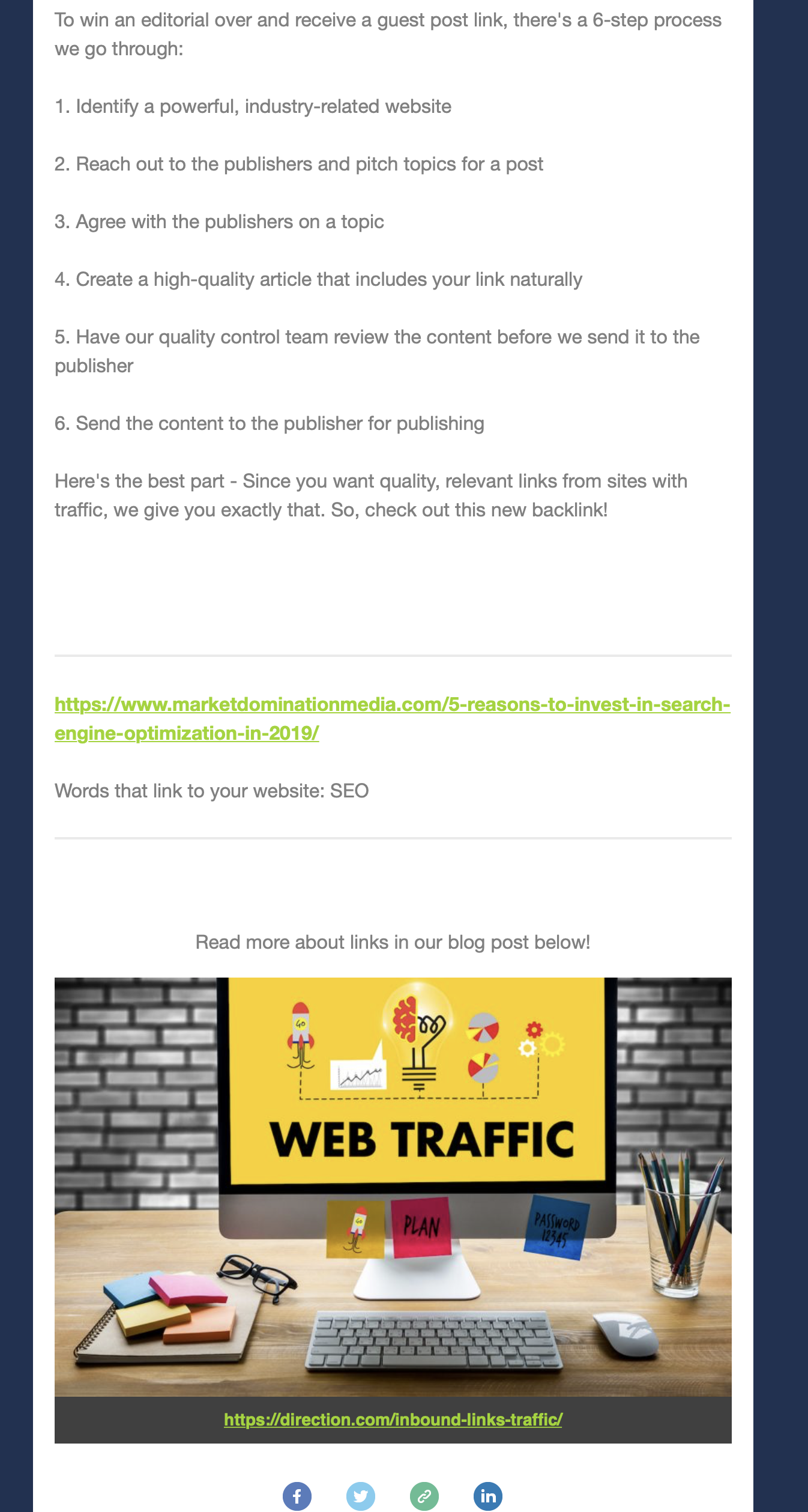Hey @Chris, thanks for the update! Moving to Gmail was a great idea. Not knowing how many recipients you needed any given email message to go to, my mind was heading in a different direction. Given that it's just one client with a max of 3-4 people per message, Gmail would probably work nicely.
The only caveat from my perspective might be the use of a free (@gmail.com) account vs. a G Suite (@mydomain.com) account. If you're using G Suite, you can do a number of things to help stay out of spam filters. Off the top of my head, you can:
- set up SPF/DKIM for your domain if you haven't already done so
- tweak the content of your email and/or subject line to encourage replies from the recipients, then be sure to respond if they do reply. (This helps their mail systems view you more like a real sender than like a bot, which should help you in lots of ways.) You can do this with a free Gmail account as well, of course, but it'll be even more effective if you're using G Suite.
- vary the body content of the messages over time. This could be done by manually adjusting your Zap from time to time, or you could even consider automating it somewhat by building a small library of content snippets that your Zap pulls in via a step just prior to the Gmail step. It could select a snippet with a counter (incrementing a value that you stash in Storage by Zapier, for example) or based upon the date or using any number of other techniques just to randomize the content enough for the recipient mail systems to score them as more unique than templated.
I'll stop there, but hopefully you get the idea!
Thanks for the additional context, by the way! I like the idea of triggering a report to a client from a Basecamp comment. That's a very useful workflow! (Actually, it's got me thinking about how we might use it!)
In case you were wondering, I was actually thinking you might head in the direction of Mandrill (since you already have a Mailchimp account) or a similar transactional email service like SendGrid, Mailgun, or Amazon SES. They all have great APIs, and each has its own idiosyncrasies and so forth, so one might be more or less suited than the others for your situation. But given that you're only sending to a few recipients each time, you should be good to stick with Gmail from what I can tell.
Regardless, it sounds like your original dilemma is more or less solved, which is really great! Congrats on getting good inbound links for your clients! We operate a content marketing agency, but don't currently do much in the way of link building. Looks like you've got some good stuff going on!
Cheers!




